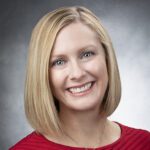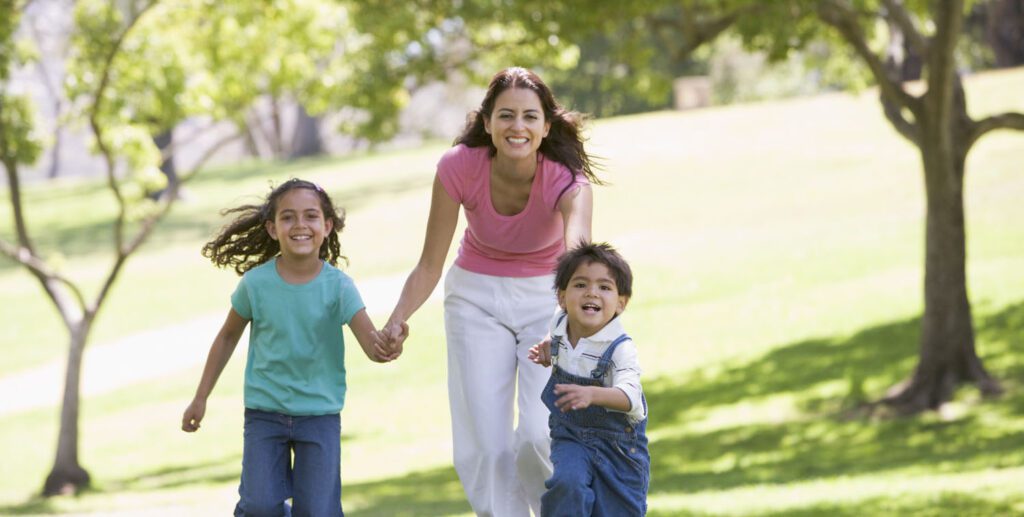The stark reality is this: breast cancer affects 1 in 8 women. Take a moment to digest this number. When you look at that number in terms of the females in your family or your group of girlfriends, the risk becomes more real– more palpable.
Being female is the number one risk factor for developing breast cancer. Yes, a family history of breast cancer plays a role. Unfortunately, women without a family history often use that fact as a security blanket while avoiding regular screening mammograms that could save lives. On the other end of the spectrum, some women with a family history of breast cancer consider it an absolute death sentence. Neither of these viewpoints is helpful.
Many women without family history say, “I can’t have breast cancer– no one in my family has been diagnosed with breast cancer.” Let’s come back to the first statistic: 1 in 8 women will develop breast cancer.
Some women with family histories are convinced that every new twinge in their breasts is the onset of breast cancer. Without minimizing the risk of family history, the risk is actually in a more select group of women than most realize. The family history that is most concerning for increasing personal risk of developing breast cancer is a first-degree relative diagnosed before menopause (diagnosed before the age of 50). First-degree relative in this case refers to your mother or sister. These are the women who are at the greatest risk for having a genetic mutation predisposing them to develop early breast cancer and often other gynecologic cancers. The most discussed genetic mutations are the BRCA1 and BRCA2 mutations, however there are several other mutations that also increase breast cancer risk. These women absolutely require close monitoring and additional screening.
Family history including a mother diagnosed at age 75, a maternal aunt diagnosed at 60, or a grandmother diagnosed at age 80 is not as much of a concern. Most likely, all 3 of these women developed breast cancer due to the biggest risk factor of all: merely being female. Just the fact that you are female means you have at least a 1 in 8 chance of developing breast cancer. You may or may not end up in the same breast cancer boat as your relatives, but their diagnosis does not significantly increase your personal risk of breast cancer given their age at diagnosis.
The average risk for a woman developing breast cancer is 1 in 8, but there are many factors that will vary this statistic for your personal risk. The risk is never zero, so be cautious when trying to don the “I have no family history” cloak of invisibility. Breast cancer does not care. Breast cancer affects more women without family history than those with strong family history just due to the sheer number of women affected by the disease.
1 in 8 women developing breast cancer is our current reality. Until we have the ability to change risk at the molecular level, our best offense will be early diagnosis. We highly encourage annual screening mammography beginning at the age of 40; early diagnosis is how we are saving lives. All women who experience new breast symptoms should be evaluated by a primary care provider and with diagnostic imaging when indicated based on clinical exam findings. The concern for breast cancer varies depending on the type of symptoms in conjunction with the findings on breast imaging. The best person who can determine the breast cancer risk related to your symptoms and the breast imaging findings is a breast radiologist. Be smart and cautious and always have new breast symptoms evaluated thoroughly by your primary care provider and with diagnostic imaging when recommended.
The best breast cancer outcomes happen with early diagnosis. Receiving your annual mammogram as well as consulting with your doctor over any new symptoms may save your life if you become the 1 woman in 8 who is diagnosed with breast cancer.

